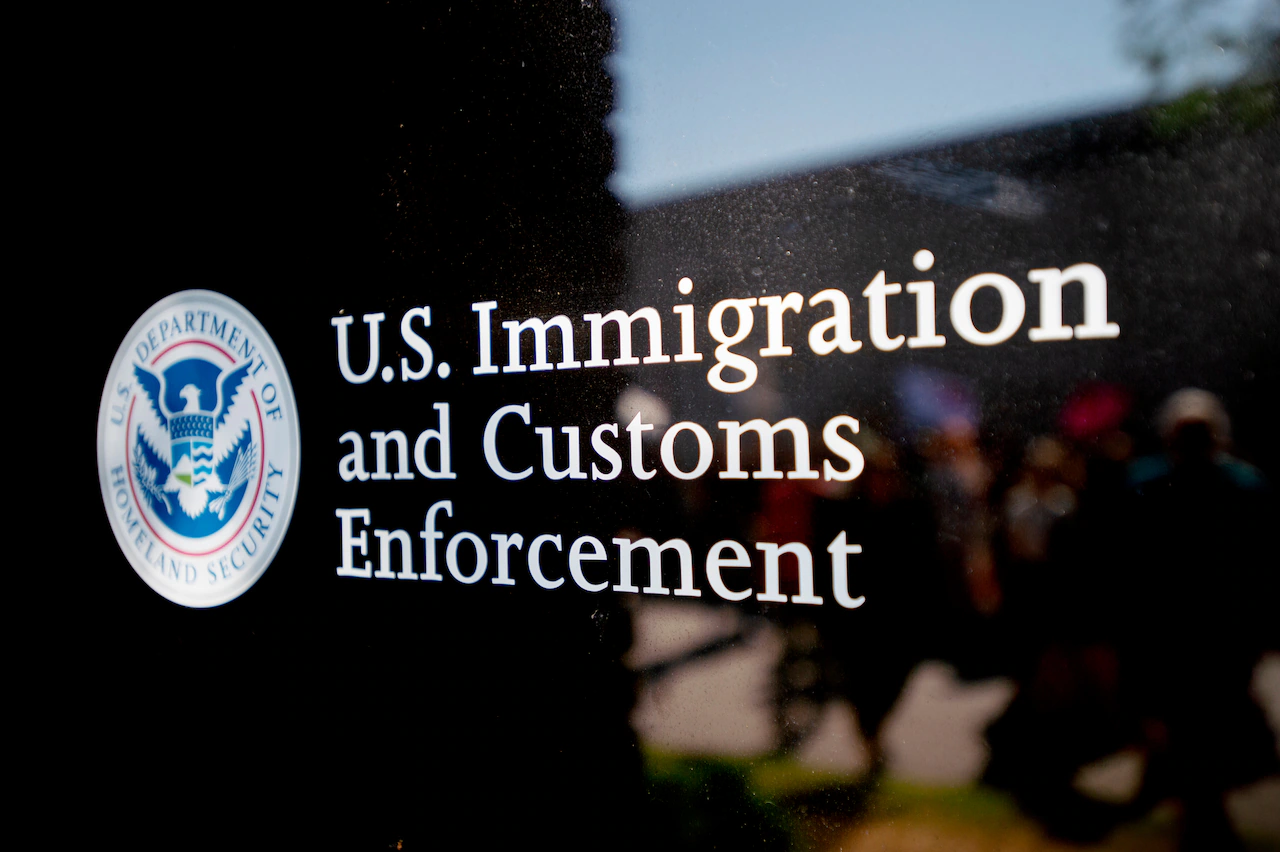Copyright M Live Michigan

WASHTENAW COUNTY, MI - Washtenaw County may not be top priority for immigration enforcement, but local officials are preparing for the possibility that local streets could soon mirror Chicago’s. “If you would have asked me that four months ago, I might have said, ‘No, not a chance,’” said Washtenaw County Sheriff Alyshia Dyer. “…I don’t put anything past the national administration right now. So we have really looked internally on how we would handle that.” Immigration agents have arrested more than 1,000 immigrants in Chicago in a crackdown that began in early September, according to The Associated Press. The patrols have featured masked, armed agents; a fatal shooting; detentions of both U.S. citizens and immigrants with legal status; and a pastor shot in the head with a pepper ball. While she anticipates targeted enforcement by Immigration and Customs Enforcement is more likely in Detroit and Grand Rapids, she still wants to be prepared, Dyer said at a panel about the local impact of ICE. “We are in very, very troubling times with what we’re seeing happen from the national level,” she said. The panel, hosted by the League of Women Voters on Monday, Oct. 27, also featured Melanie Harner, a co-founder of Washtenaw Interfaith Coalition for Immigrant Rights (WICIR); Cesilie Cordovilla, a local immigration attorney; and Andy LaBarre with Washtenaw County Board of Commissioners. Harner said she personally knows six people taken by ICE in the past month. Many of those taken in the county were on their way to or from work, she said. “It’s bad,” she said. “It is really bad out there.” Tracking detainments and the aftermath can be difficult, Harner said. Although advocates may be aware of how many people were taken in the moment, following cases through the system is tricky. Unlike criminal or other civil courts, immigration courts do not have easily accessible dockets and are more difficult to navigate for the general public. “We don’t necessarily know where they were taken,” Harner said. “We don’t know what happens beyond that unless we’re in contact with their families.” More conversations are happening in the organization about the importance of numbers, she said. “The frequency, the intensity is 100-fold compared to (President Donald Trump’s first) administration,” Harner said. That intensity has shown up in Cordovilla’s work. A husband and wife, two of Cordovilla’s clients, were at a stoplight on Michigan Avenue early Sept. 18 while on their way to work when their car windows were broken, she said. The wife called Cordovilla screaming, she said. “She didn’t know who was there,” she said. “They didn’t identify themselves. They weren’t in a marked car. They weren’t identifying themselves with any kind of uniform.” The couple had applied for asylum, had always gone to their hearings and had work authorization and a driver’s license, she said. “Imagine that kind of fear, knowing that that can happen to you anytime you go out, anytime you go to work…and then you’re stuck,” she said. The couple signed deportation papers roughly two weeks ago, but still haven’t been deported, Cordovilla said. Fear of encountering ICE has had a “chilling” effect on local travel, which has impacted the number of people seeking assistance in the county, LaBarre said. People could defer seeking out mental health, housing or food insecurity assistance because they fear “any interaction with a government service could mean deportation action,” LaBarre said. This could have further downstream implications for the county, such as a decline in immunizations or increased pressure on local, already-strained homelessness services, he said. “It’s been a sea change (since Trump’s first term) and a sea change of fear and quietness and really detrimental impacts that we’ve seen over the last nine months now,” LaBarre said. Dyer also raised concerns about ICE operating without identifying themselves. There has been one incident of someone stopped by ICE calling local emergency responders because they weren’t sure the agents were actual law enforcement, she said. “A lot of law enforcement that I’ve talked to are also very uncomfortable as well,” she said. The sheriff’s office has asked the agency to not wear masks and to prominently display identification while in the county, but “they don’t have to listen,” Dyer said. Democrats in the Michigan House of Representatives introduced a bill in July that would ban law enforcement, including ICE, from concealing their face or identity. The enforcement agency has increasingly used plainclothes and masked officers during operations. “But people don’t know who’s who,” Dyer said. “People are scared. And people also have a distrust in law enforcement, which we have been working so hard to correct. What this climate is doing is it’s taking us backwards.” It’s “just not true” that ICE is only detaining people who have committed a crime, she added. LaBarre echoed that sentiment, saying he thinks a lot of people believed immigration agents would be targeting “the worst of the worst.” “I would talk to all the people in your life. I certainly do,” LaBarre said. “Remind them these real actions are the outcomes of the votes that were made and were not made in 2024.” “The only way we’re going to get over this is to get through it first.”



